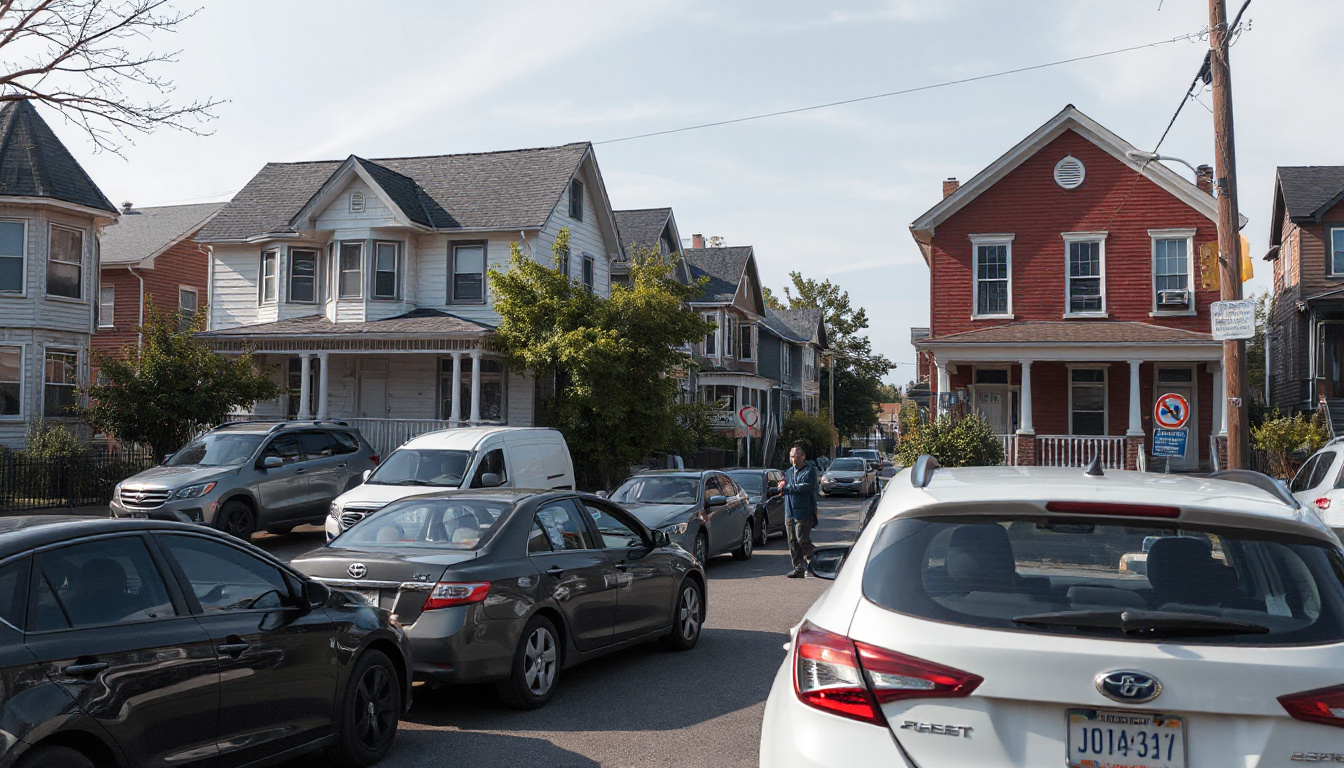Maidstone Council Proposes New Regulations for Houses in Multiple Occupation (HMOs)
Maidstone Council now shows new rules that target Houses in Multiple Occupation. The council seeks to change home conversions that stir concern. Residents and builders clash in Fant and Oakwood Ward. Many say that more HMOs make life in the area harder. The plan joins the long debate on how to mix housing needs with a safe community.
Background and Context
HMOs give shelter to persons who do not belong to the same family. They often house students or young workers who split their living costs. When large family homes shift to HMOs, local life feels the shift. Piled wheelie bins, tight parking, and noisy tenants stir strong talks between those who rent and those who own.
Fant and Oakwood Ward hold the second-highest number of HMOs in Maidstone. They follow closely behind the High Street Ward. In Fant, narrow streets and few parking spots bring extra strain. Residents feel the pressure from the arrival of many new tenants.
Proposed Supplementary Planning Document (SPD)
The law now lets HMO conversions with six or fewer bedrooms go ahead without planning checks. This rule has led to fast change in some areas. Maidstone Council now asks for a new Supplementary Planning Document. The Planning and Healthier Stronger Communities Committee will look at this plan. It builds on the rules that already exist.
The document covers key topics including:
-
Harmful Concentration: An HMO group that forms more than 10% of homes within 100 metres of a site counts as a harmful concentration.
-
Sandwiching: The plan stops new HMOs from coming up if they push existing homes between two HMOs.
-
Room Size and Natural Light: Every HMO room must get enough natural light. Rooms should not rely only on windows that face north.
-
Outdoor Amenity Space: New plans must include open outdoor space where residents can spend time.
-
Waste Management: Builders must plan good storage for bins. They may arrange shared trash areas as well.
-
Parking Standards: Each HMO bedroom is treated like a one-bedroom flat when it comes to parking. This rule asks for at least one parking spot per bedroom. Yet, developers can show parking surveys to ask for fewer spots. This option causes some worry among council members.
Community Response and Next Steps
Council members share mixed thoughts on the new document. Many see the plan as a way to cut the problems HMOs bring. Some worry about the parking rule. Councillor Stan Forecast has seen HMOs approved with weak local parking data. He wants every tenant to count on a parking spot.
In contrast, Councillor Donna Greenan points out that HMO residents add to the community. She says that strict parking limits might cut off affordable homes for workers who keep the area running.
Once the cabinet clears the plan, the SPD will enter a four-week period for public feedback. This phase will let local people and builders speak up before the final call is made.
Conclusion
Maidstone now moves to control the rise in HMOs. The new document sets clear rules for parking, trash, and living quality. The coming weeks will show if these rules ease local worries while making space for needed homes.



